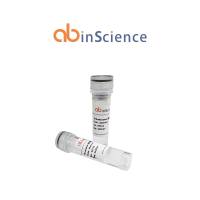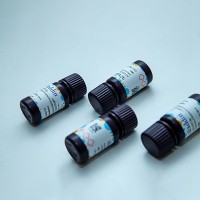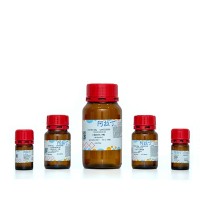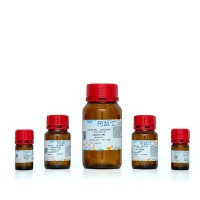Removal of Interfering Substances in Samples Prepared for Two-Dimensional (2-D) Electrophoresis
互联网
524
Biological samples may contain contaminants that interfere with analysis by twodimensional (2-D) electrophoresis. Lysates or biological fluids are complex mixtures that contain a wide variety of nonprotein substances in addition to the proteins to be analyzed. These substances often interfere with the resolution of the electrophoretic separation or the visualization of the result. Macromolecules (e.g., polysaccharides and DNA) can interfere with electrophoretic separation by clogging gel pores. Small ionic molecules can impair isoelectric focusing (IEF) separation by rendering the sample too conductive. Other substances (e.g., phenolics and lipids) can bind to proteins, influencing their electrophoretic properties or solubility. In many cases, measures to remove interfering substances can result in significantly clearer 2-D patterns with more visible spots and better resolution. It should be borne in mind, however, that analysis of samples by 2-D electrophoresis is usually most successful and informative when performed with minimally processed samples, so it is important that any steps taken to remove interfering substance be appropriate to the sample and only performed when necessary. Procedures for the removal of interfering substances therefore represent a compromise between removing nonprotein contaminants, and minimizing interference with the integrity and relative abundances of the sample proteins. This chapter presents a number of illustrative examples of optimized sample preparation methods in which specific interfering substances are removed by a variety of different strategies.




![N-(3-Chlorophenyl)-N'-[5-[2-(thieno[3,2-d]pyrimidin-4-ylamino)ethyl]-2-thiazolyl]urea](https://img1.dxycdn.com/p/s14/2025/1010/765/0865776312945446791.jpg!wh200)




